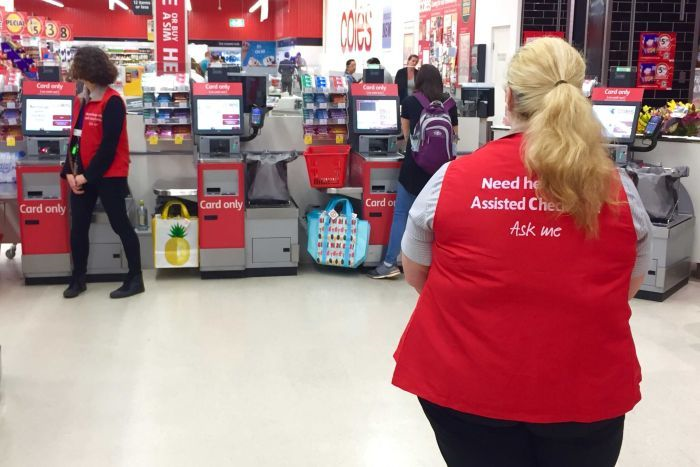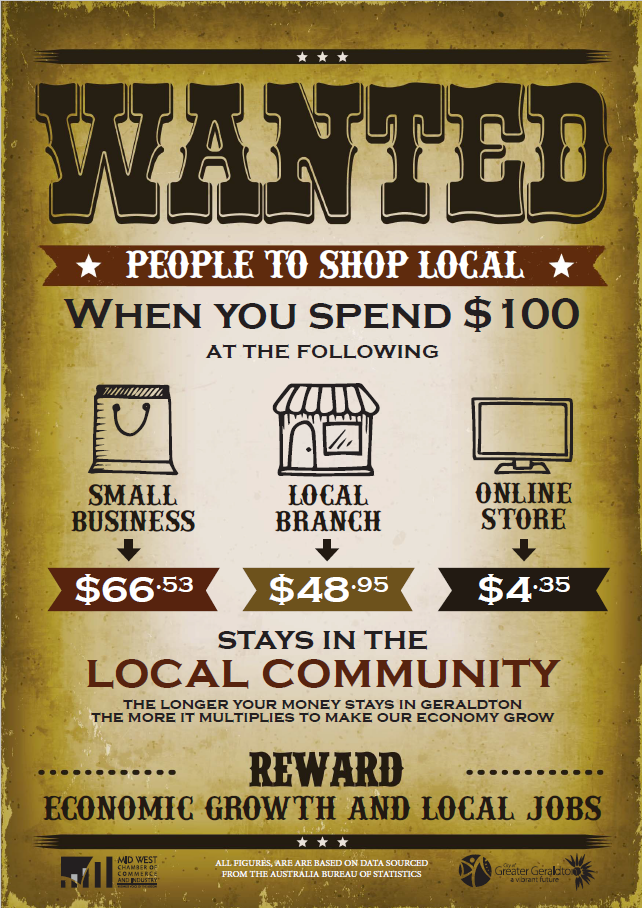27 Jul Buy Local – Economic Growth and Local Jobs
Authored by Matthew Nichol – Principal Economist
Over the past 15 years many of us have observed a strange phenomenon in our towns, suburbs and cities. Even in places where population, employment and the overall economy are growing.
I am referring to empty shopfronts and stagnant or declining levels of employment in retail.

Image: Bendigo Advertiser
In the past retail jobs would broadly increase or decrease in line with population changes. This correlation no longer applies in many areas across Australia. There are a number of factors influencing this change.
Large format stores with sophisticated e-commerce systems and increasing automation, including self-checkouts. These systems have been resulting in weakening ratios between revenue and the number of jobs supported.

Image: ABC
Of more relevance to the empty shopfronts however are the changing mix of businesses in our shopping strips and centres, and of course the shift to online shopping. Where demand for floor space from more traditional retail business is declining we can observe new types of businesses taking up leases in retails centres. These include:
- food service and hospitality
- finance and insurance
- medical, dental and cosmetic
- personal services such as hairdressers, day spa, massage
While the take up of leases by new types of businesses is a positive outcome for landlords and shopping centre operators, in the long term it is likely to compound the woes of retail business. Why? Retail businesses tend to congregate in town centres, shopping strips and shopping centres to take advantage the agglomeration of customers. That is, each retail business takes advantage of the people walking past their shop on their way to another shop. As the number of retail businesses in an area diminishes, the purpose of peoples’ trips change. Of all the people coming to the area fewer will be there to shop. As the critical mass of potential customers declines, the agglomeration effect weakens, more retail businesses close, and this circular process continues.
While consumer preferences, such as greater value being placed on experiences rather than material objects, will be a factor, at the root of these changes is the growing shift to online shopping. Research by Australia Post based on parcel delivery volumes estimates that total e-commerce spending on physical goods grew 19.2 per cent in 2017 to $21.3 billion. The rate of growth has accelerated compared with 2016, when it ticked up by 11.5 per cent.
So is it all doom and gloom for retail? No, opportunities for the sector remain. There are retail business that are defying these challenges and trends by offering great products and customer service. I am sure we can all point to examples of such businesses. Good customer service includes always offering to order in items that may not be in stock and aligning operating hours with when their customers have time to shop. This is essential because online shopping is always open!
The challenges facing the retail sector have important implications for our overall economy. The sector supports over 10 percent of the jobs in Australia and the wages paid to these workers make an important contribution to household consumption. Another feedback loop impacting retail!
From a local perspective it is important to understand the implications of empty shopfronts for the economy. What difference does it make to jobs and the economy if our residents spend their money at locally owned small businesses, a local branch of a national/international business, or online? The City of Greater Geraldton in Western Australia asked REMPLAN to address this specific question for their community. Based on this analysis, the City have launched the following campaign: When You Spend $100.

The analysis for Greater Geraldton is specific to the region based on the structure of its economy and its local supply chains.
If you have any questions, or would like to enquire about buy local analysis for your region, please contact us on (+61) 07 5689 1498.




No Comments